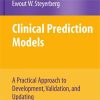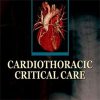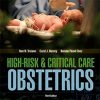Individualized vs. Fixed Positive End-expiratory Pressure for Intraoperative Mechanical Ventilation in Obese Patients
pubs.asahq.org
This secondary analysis of obese patients undergoing laparoscopic surgery found better oxygenation, lower driving pressures, and redistribution of ventilation toward dependent lung areas measured by electrical impedance tomography using individualized PEEP. The impact on patient outcome remains unclear.
Ninety patients were evaluated in three groups after combining the two lower PEEP groups.
This secondary analysis included all obese patients recruited at University Hospital of Leipzig from the multicenter Protective Intraoperative Ventilation with Higher versus Lower Levels of Positive End-Expiratory Pressure in Obese Patients (PROBESE) trial (n = 42) and likewise all obese patients from a local single-center trial (n = 54).
Inclusion criteria for both trials were elective laparoscopic abdominal surgery, body mass index greater than or equal to 35 kg/m2, and Assess Respiratory Risk in Surgical Patients in Catalonia (ARISCAT) score greater than or equal to 26.
Patients were randomized to PEEP of 4 cm H2O (n = 19) or a recruitment maneuver followed by PEEP of 12 cm H2O (n = 21) in the PROBESE study.


















